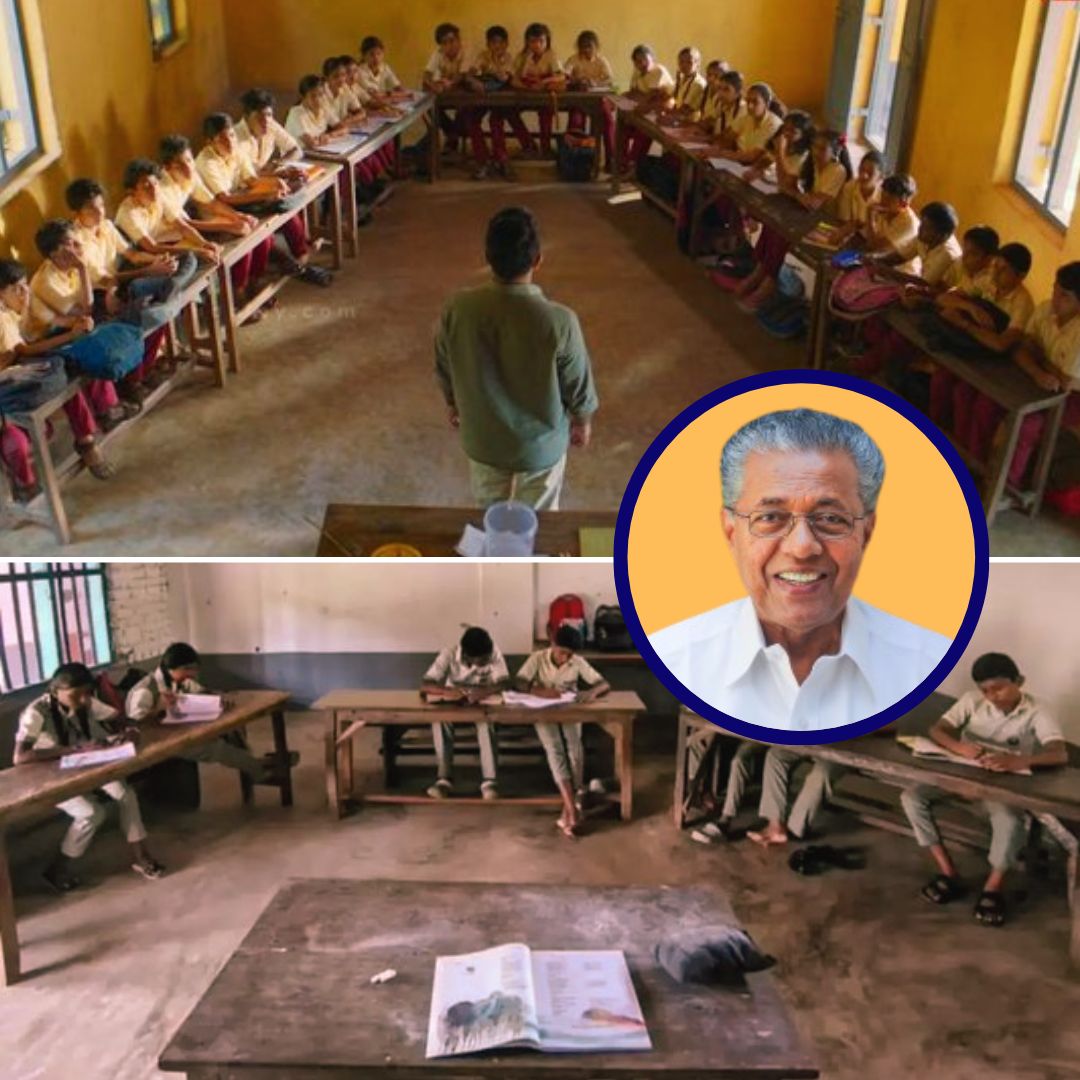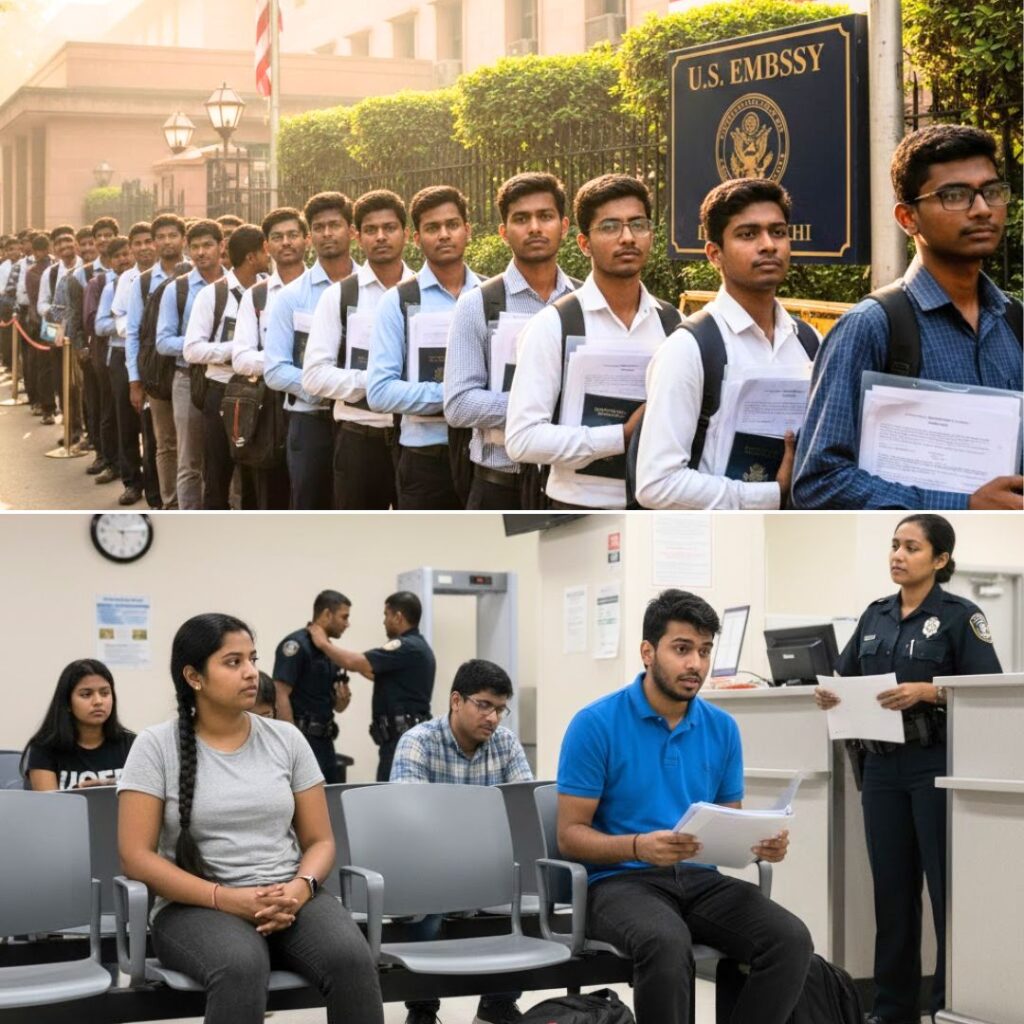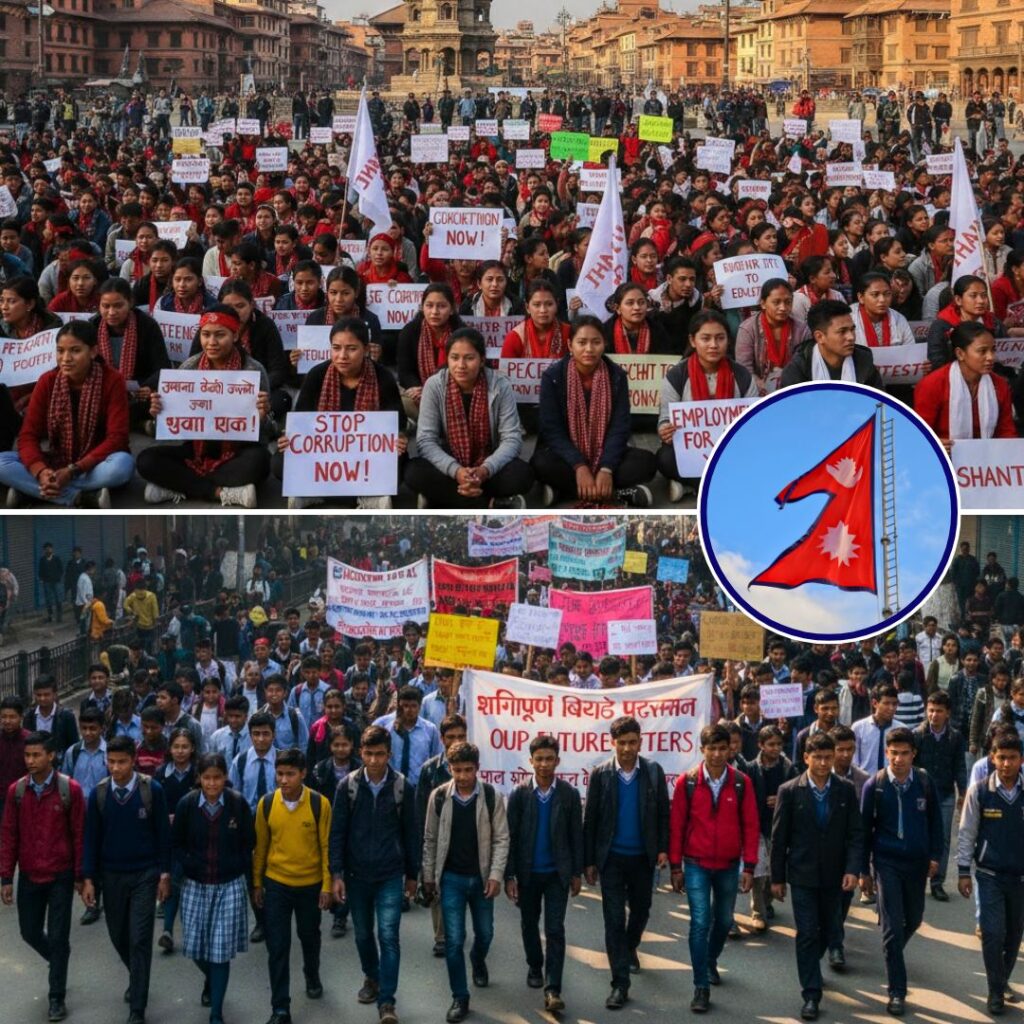Inspired by the Malayalam film Sthanarthi Sreekuttan, directed by Vinesh Viswanath, several schools across Kerala have adopted innovative classroom seating arrangements that challenge the traditional frontbench-backbench hierarchy.
This new approach, featuring semicircular and rotational seating layouts, aims to promote inclusivity, equal participation, and better engagement among students.
Education officials and school management committees have endorsed the initiative, which is currently being implemented in government and aided schools across multiple districts including Kollam, Kannur, Thrissur, and Palakkad. Teachers and students alike report positive changes, with officials highlighting the reform as a step toward dismantling academic and social labels within classrooms.
A Cinematic Message Reshapes Kerala’s Classrooms
The film Sthanarthi Sreekuttan culminates in a powerful scene where the classroom seating is rearranged into a semicircle, symbolising the breaking down of social and academic barriers traditionally reinforced by fixed seating positions. This scene struck a chord with educators and students, prompting schools across Kerala to rethink their classroom layouts.
Schools such as RVV Higher Secondary School in Kollam and several others in Kannur and Thrissur districts have replaced rigid rows with flexible seating arrangements, where desks are arranged in a U-shape or semicircle and students rotate their seats periodically. According to education officials, this encourages every student to be equally visible and accessible to the teacher, fostering a sense of belonging and participation.
Teachers have observed increased interaction among students and a notable reduction in feelings of neglect or exclusion, especially among those who would typically be labelled as “back benchers.”
Vinesh Viswanath, the film’s director, expressed his delight at the real-world impact, stating, “It is heartening to see our cinematic message translate into tangible change. Schools tagging our Instagram page and sharing their new seating plans shows how art can inspire education.”
From Screen to School: The Roots of Reform
The traditional classroom hierarchy, where front benches are associated with diligent students and back benches with less attentive ones, has long been a subtle reflection of social and academic stratification in Indian schools. Sthanarthi Sreekuttan challenges this stereotype by portraying the protagonist’s journey from a quiet back bencher to a confident individual, symbolising the potential in every student regardless of their seating position.
The film’s message has revitalised conversations around classroom inclusivity, prompting educational authorities to revisit and expand upon earlier progressive initiatives like the District Primary Education Programme of 1994, which advocated for child-centred learning environments. The current reforms incorporate flexible seating, rotational desks, and group activities designed to break down barriers and encourage peer learning.
School principals and teachers report that these changes have improved student confidence, reduced classroom anxiety, and fostered a more collaborative atmosphere. Education department spokesperson Anil Kumar remarked, “Our aim is to create classrooms where every child feels equally valued and motivated. The new seating arrangements are a practical step towards that goal.”
The Logical Indian’s Perspective
The transformation of Kerala’s classrooms, inspired by a film, exemplifies the power of art to catalyse meaningful social change. By dismantling the entrenched “back bencher” label, schools are fostering environments rooted in empathy, equality, and mutual respect.
The Logical Indian applauds this initiative as a shining example of how creative expression and educational policy can work hand in hand to promote inclusive learning. Such efforts resonate deeply with our commitment to peace, dialogue, kindness, and coexistence. We believe that every child deserves to be seen, heard, and supported in their educational journey, free from limiting stereotypes.
As this movement gains momentum, we invite our readers to reflect and share: How can your community or school innovate to ensure that no child is left behind or overlooked? What steps can we take collectively to nurture classrooms that celebrate diversity and foster equal opportunity?
🚨 Kerala schools are adopting new classroom seating model with no backbenchers. 👏 pic.twitter.com/2hkhRk6HuV
— Indian Tech & Infra (@IndianTechGuide) July 10, 2025











